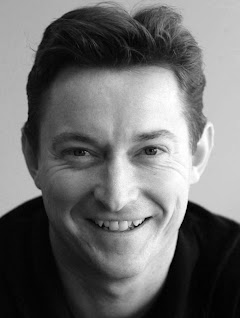Beat
Before returning to Australia at the end of 2012, I spent nearly six years in China. I covered daily news and sports events around the country and in the Asia region, with a focus was on the social and economic impact people are experiencing as China moves to become a global superpower. Now I’m back in Australia as chief photographer I cover major international sporting events and general news, with the aim of giving a unique visual perspective on important domestic issues that are of global interest.
One Shot

“I had an idea before setting out that I wanted to somehow have people in a picture at the precise moment of total eclipse - an image that I had not yet seen. Driving around the desert madly trying to find the perfect location, I spotted a group of tourists atop an old mine, just 30 minutes before the eclipse began. It still remains important to me because it is one of those rare occasions when my preconception of a picture actually worked.”
Profile
I started out photographing my school cricket team in between actually batting and bowling myself. This led to me becoming the official school newspaper photographer.
My first assignment was at my local train station. I had heard on the radio that someone had thrown a bicycle onto the roof of a passing train and it had caused total chaos on the network. I got in a taxi from my home and raced to the scene. I was the first of any media to get there, and the stationmaster walked me down to the platform where the bike still lay atop the carriage. I can only assume he saw a young boy keen to impress his boss! My picture didn’t quite make the front page, but it wasn’t a bad position for a first assignment - around page 11.
There have been many assignments where I felt it was important the world knew what was going on, but the one that remains with me is East Timor in 1999. I was there for just 24 hours before being evacuated out by plane, when it became too dangerous to stay in the capital Dili. This became obvious when a member of the militia was barely stopped in time from throwing a grenade onto the roof of the hotel from where we were photographing him.
All stories and assignments excite me, because I think that no matter what you are covering, a great photograph is possible anywhere, anytime. Though having said that, the Olympic Games always make the butterflies in my stomach flutter.
I always try to tell a story through pictures. An audience that is interested in reading a story visually is the one I am thinking of when trying to convey what’s going on.
I respect any photographer who puts their life on the line to cover a story, and this doesn’t just mean in a time of war. In the situation with drug gangs in Mexico, for example, many photographers trying to capture the loss of human life have been killed themselves - the ultimate price for believing in what you are doing. This dedication to photojournalism should be more highly respected and appreciated.
I personally believe that photojournalism still has the greatest impact of any medium in the news business. With a still image, or series of images, it’s still possible to make people stop and take notice of important social issues.
Behind the Scenes



